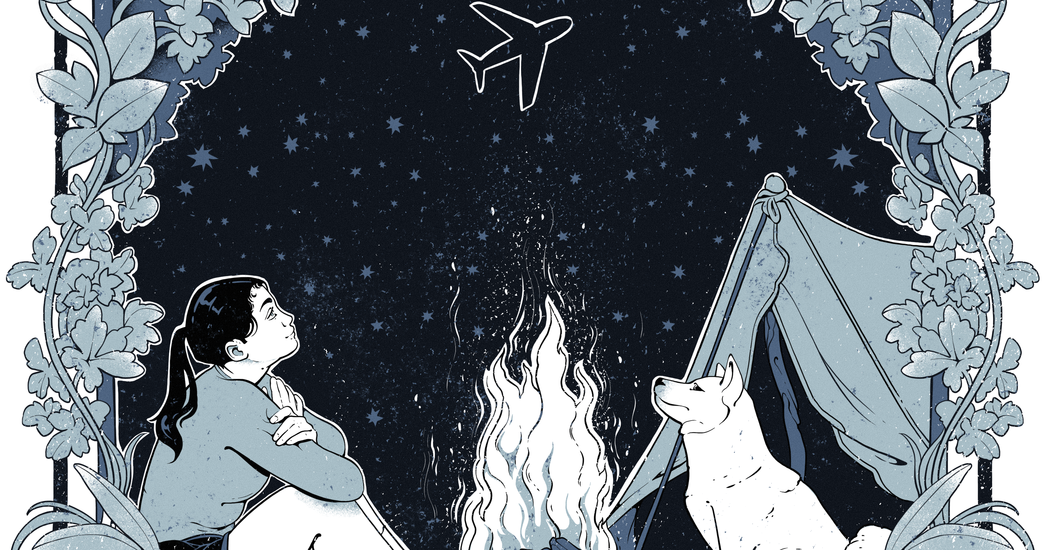For first-time campers, spending the night outside presents a planning wilderness, including figuring out what to bring. The following are tips from experts in getting started.
Choose your camp style
Camping comes in many varieties, from car camping, meaning you drive to a campsite and pitch a tent, to overnight backpacking, in which you carry everything on foot.
Starter-friendly, car camping allows travelers to bring things like coolers and camp chairs, and most campgrounds maintain toilets.
Rental camper vans often come equipped with gear, including bedding, cookware and a camp stove. Companies such as Escape Campervans, Wandervans and Native Campervans rent modified vans that campers sleep in.
“My advice for a first-time camper is take small steps,” said Alyssa Ravasio, the founder and chief executive of Hipcamp, which lists campsites on private land such as farms and ranches. “Try a night or two. Go somewhere closer to home. And make sure the amenities that are important to you, such as a bathroom or shower, are there.”
Reserve in advance
Like hotels, many campsites can be booked online. Reserve your spot in advance, especially in peak seasons. At New Hampshire State Parks, for example, reservations open 30 days in advance with just a few campsites held back for day-of arrivals.
The federal website Recreation.gov offers campsite reservations across many government agencies, including the National Park Service.
If you aim to camp at a popular national park, plan well in advance and get familiar with its booking rules, which are not standardized, by searching park websites or Recreation.gov. Campsites at Upper Pines Campground in Yosemite National Park in California, for example, are available five months in advance. In contrast, sites at South Campground in Zion National Park in Utah are bookable up to 14 days before arrival.
If national park sites are booked, look for nearby state parks or alternative campgrounds. Hipcamp offers maps showing public lands, including national parks, and many places to camp around them.
Commercial campgrounds like KOA may offer amenities such as swimming pools or basketball courts. Websites like ReserveAmerica.com make it easy to find both public and private campgrounds. Booking platforms such as Hipcamp, the Dyrt and Pitchup.com are good places to look for off-the-beaten-path options or privately owned properties.
If a campground is booked, set up an alert with the Dyrt, which will text you if a site becomes available….
Click Here to Read the Full Original Article at NYT > Travel…
